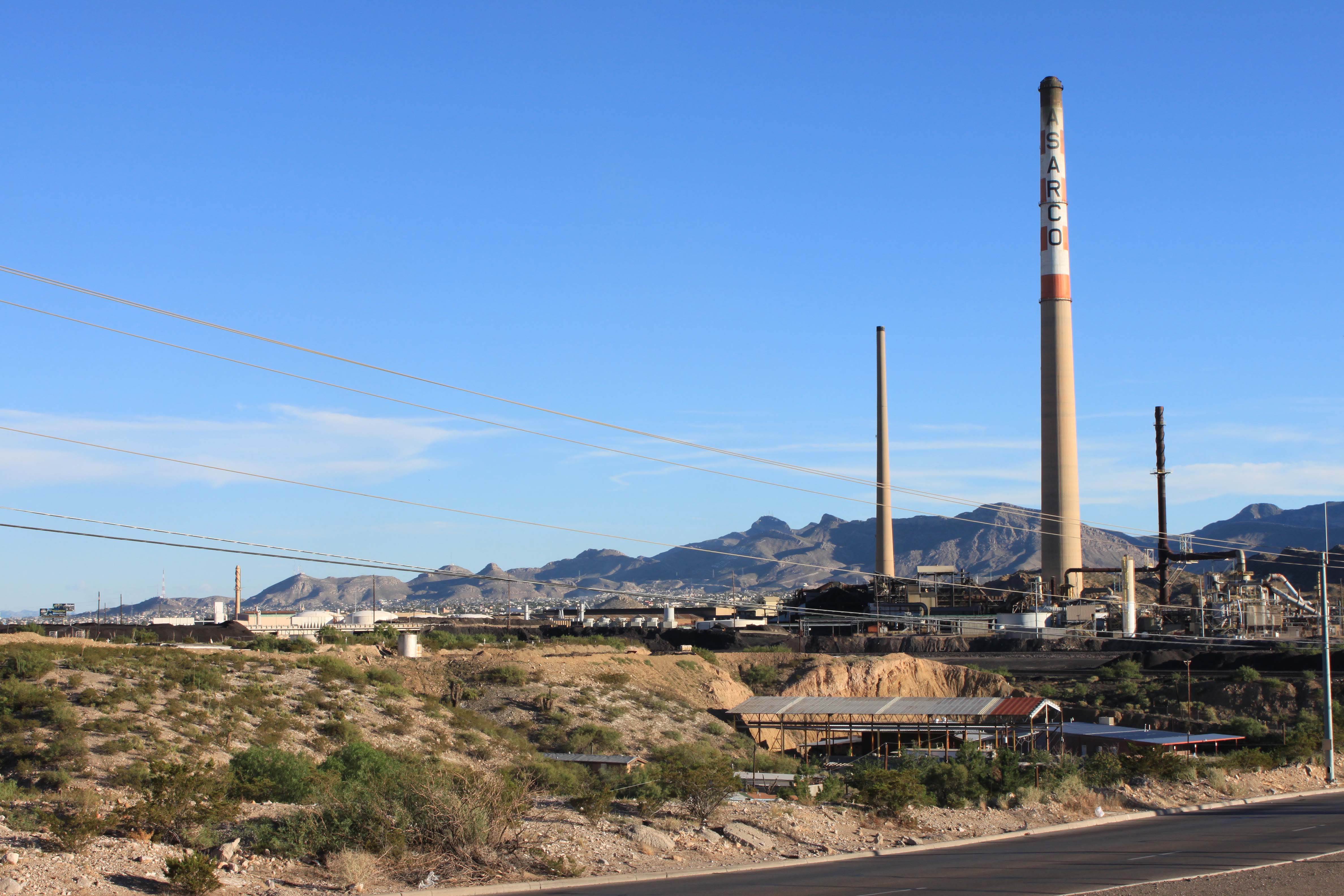Skip to content
 Historical Overview
Historical Overview
ASARCO operated a lead and copper smelter on the western outskirts of El Paso for nearly the entire twentieth century. This town’s emergence as a city over this same while owed much to the jobs and wealth this smelter generated. Yet the long shadow of toxicity it cast over its own workforce as well as neighboring environments has also left deep imprints on this city’s history. Nationally, the lead coughed out by the El Paso smelter has contributed to, among other things, a heightened appreciation among scientists and regulators of how damaging this toxic metal can be to children. But locally, controversies have ebbed and flowed over the resultant danger and damage, from the events leading to the closure of Smeltertown in the early 1970’s, to ASARCO’s renovation of its plant with CONTOP technology in the early 1990’s, to the “Get the Lead Out” campaign of the early 2000’s, which helped keep the smelter from reopening. Even though the smelter is now being demolished, its many historical impacts continue to linger in El Pasoans’ memories and bodies, in questions they still have about local contamination, and in quandaries about what to do with the site.
Chronology of Smelter–Community Relations in El Paso
1880’s-1920’s (El Paso population 1880: 736; 1920: 77,560; Juarez population 1920: 19,457)
1887—El Paso lead smelter founded by Robert Towne; acquired in 1901 by American Smelting and Refining
1911—lead smelter augmented with opening of a copper plant; by 1928, 700 total employees
Late 1920’s—Installation planned of a Cotrell precipitator to “abolish the smoke nuisance” which should then “cease to bother El Pasoans” especially “Kern Place and Sunset Heights”
1930’s and 40’s (1940 El Paso population: 96,810; Juarez population: 48,881)
1936—Smelter has $1 millon payroll; 800 employees; by 1949, 850 employees
1950’s and 60’s (1960 El Paso population: 276,687; Juarez population: 262,119)
1950s—$300,000 Cotrell Precipitation plant added; ASARCO smelter recognized nationally for safety and industrial hygiene programs
1950, 1956, 1957, 1967, 1968—Strikes by smelter workers
1966—610-foot “smokeless” stack opened
1970’s (1970 El Paso population 339,615; Juarez population 407,370)
1970–US Environmental Protection Agency (EPA) founded and federal Clean Air Act strengthened
Early 1970’s– City of El Paso lawsuit against ASARCO for violating Clean Air Act (settled 1972); ASARCO plans new technologies for pollution control including electrostatic precipitators and a sulphur extraction plant
1972—Occupational Safety and Health Adminstration (OSHA) created by new federal law
1972–Children in Smeltertown found to have elevated lead levels or poisoning; residents relocated by City of El Paso to public housing and Smeltertown torn down
Mid-70s—Scientific team from Centers for Disease Control demonstrates elevated lead in blood of children beyond Smeltertown; results contested by study by local pediatricians funded by the trade association of the lead industry; Mexican government scientists also demonstrate elevated lead levels in children in Juarez, south of the smelter.
1976-1977—828-foot smokestack opened; ASARCO smelter employs 1000
Late 1970’s—OSHA pressures ASARCO on high levels of lead and other toxins within the smelter workplace
1979—first lawsuit against ASARCO for lead poisoning of children in Juarez
1980’s (1980 El Paso population: 425,289; Juarez population: 649,275)
1980—“Superfund” created by federal government to clean up hazardous industrial waste sites
Early 1980’s–petitions to stop ASARCO pollution on the west side of El Paso gain as many as 10,000 signatures
1985—ASARCO shuts down its lead smelter but continues to smelt copper
1990’s (1990 El Paso population: 515,342 Juarez population: 789,522)
1991-92—ASARCO plans to modernize its copper smelter; given permit by Texas Air Control Board (TACB) to build CONTOP, which will supposedly reduce pollution and costs; small opposition at the public hearing on the permit decision
1998—Smelter only employs 350 workers; in 1999, ASARCO sells its copper production facilities to Grupo Mexico, which shuts down production in El Paso
1999–first lawsuit filed accusing ASARCO of burning hazardous waste at El Paso smelter
2000’s and 2010’s (2000 El Paso population: 563,662; Juarez population: 1,187, 275)
(2010 El Paso population: 649,121; Juarez population: 1,321,004)
2001—University of Texas at El Paso (UTEP) scientists Amaya, Pingitore begin study of lead exposure in and around El Paso; EPA begins assessing environmental risks in local soil
2002 onward—ASARCO hatches plan to reopen the El Paso copper smelter and requests a permit from the Texas Commission on Environmental Quality (TCEQ)
2005-08—EPA-ordered clean-up of over 1000 homes with lead contaminated soil in West and South El Paso
Mid-2000’s–community opposition arises; groups involved against the permit include (not in any particular order) Sierra Club, Association Of Community Organizations For Reform Now (ACORN), Ex-ASARCO Workers, neighborhood organizers, UTEP students, Mayor John Cook and the City Council, Senator Shapleigh and his office.
2007-2009 TCEQ approves permit but ASARCO decides not to reopen the smelter; Project Navigator (a private company employed by the government) takes over management of cleanup
2013—El Paso smokestack brought down
 Historical Overview
Historical Overview